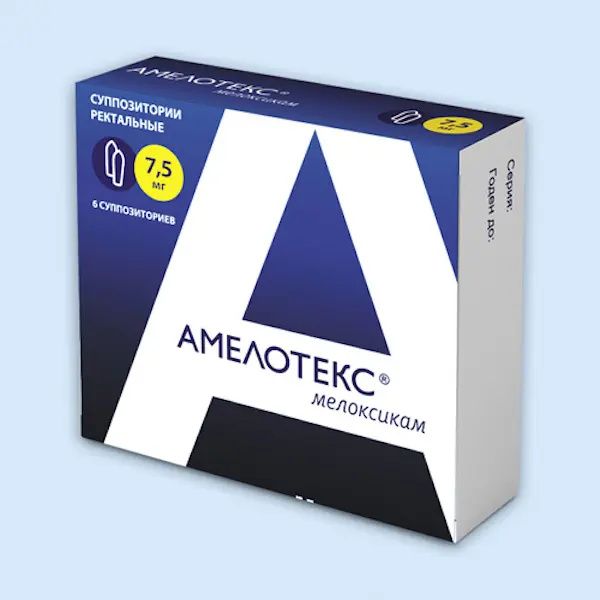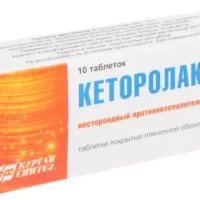Description
LORNIA Pharmacodynamics
The drug LORNIA® is a non-steroidal anti-inflammatory drug with expressed analgesic and anti-inflammatory effect, belongs to the class of oxycams.
The mechanism of action is based on inhibition of prostaglandin synthesis (inhibition of cyclooxygenase enzyme), resulting in suppression of inflammation.
Lornoxicam has no effect on the main indicators of body condition: body temperature, heart rate (HR), blood pressure (BP), electrocardiogram (ECG), spirometry.
Analgesic effect of lornoxicam is not associated with narcotic action.
LORNIA® has no opiate-like effect on central nervous system (CNS) and in contrast to narcotic analgesics does not suppress respiration, does not cause drug dependence. Due to local irritation of the gastrointestinal tract (GIT) and systemic ulcerogenic effect associated with inhibition of prostaglandin synthesis, GIT complications are common undesirable effects of treatment with nonsteroidal anti-inflammatory drugs.
Indications
– Short-term treatment of mild to moderate acute pain syndrome;
– Symptomatic therapy of pain and inflammation against osteoarthritis;
– Symptomatic therapy of pain and inflammation against rheumatoid arthritis.
Contraindications
– Hypersensitivity to lornoxicam or any of the excipients;
– Complete or incomplete combination of bronchial asthma, recurrent nasal or paranasal sinus polyposis, rhinitis, angioedema, urticaria and intolerance to acetylsalicylic acid and other NSAIDs (including history);
– Thrombocytopenia;
– Hemorrhagic diathesis or clotting disorders, as well as those who have undergone surgery with the risk of bleeding or incomplete hemostasis;
– The period after aortocoronary bypass surgery;
– Decompensated heart failure;
– Erosive ulcerative changes of gastric or duodenal mucosa, active gastrointestinal bleeding; Cerebrovascular or other bleeding;
– A history of gastrointestinal bleeding or ulcer perforation associated with taking NSAIDs;
– History of active peptic ulcer or recurrent peptic ulcer;
– Inflammatory bowel disease (Crohn’s disease, nonspecific ulcerative colitis) in the acute phase;
– Severe hepatic insufficiency;
– Severe renal insufficiency (serum creatinine more than 700 μmol/l), advanced renal disease, confirmed hyperkalemia;
– Pregnancy of more than 20 weeks and breast-feeding period;
– Lactose intolerance and glucose-galactose malabsorption;
– Patients under 18 years of age (due to insufficient clinical experience).
Dosage and administration
- LORNIA® is intended to be taken orally and should be swallowed with enough fluids.
- Doses
The doses and administration regimen for all patients should be based on individual response to the drug. - Pain
The dose is 8-16 mg/day divided into 2-3 doses. The maximum recommended daily dose is 16 mg. - Osteoarthritis and rheumatoid arthritis
The recommended starting dose is 12 mg of lornoxicam divided into 2-3 doses. The maintenance dose should not exceed 16 mg per day. Additional information for special patient groups - Children and adolescents
LORNIA® is not indicated for use in children and adolescents younger than 18 years of age since there is insufficient data on its safety and efficacy. - Elderly patients
No special dosage adjustment is required in elderly patients (over 65 years old), but the drug should be prescribed with caution, because the gastrointestinal adverse events are less well tolerated in this age group. - Patients with impaired renal function
For patients with mild to moderate renal dysfunction, the maximum recommended dose is 12 mg and should be divided into 2 or 3 doses. - Patients with impaired hepatic function
For patients with moderate hepatic impairment, the maximum recommended dose is 12 mg and should be divided into 2 or 3 doses. - Undesired effects can be minimized by using the lowest effective dose of the drug for the shortest period of time sufficient to control symptoms.





